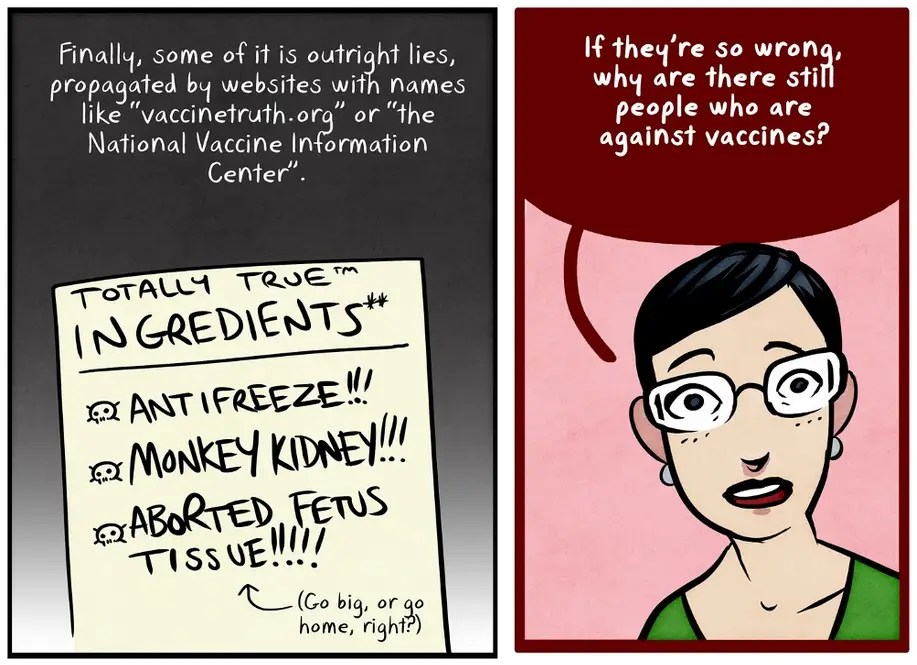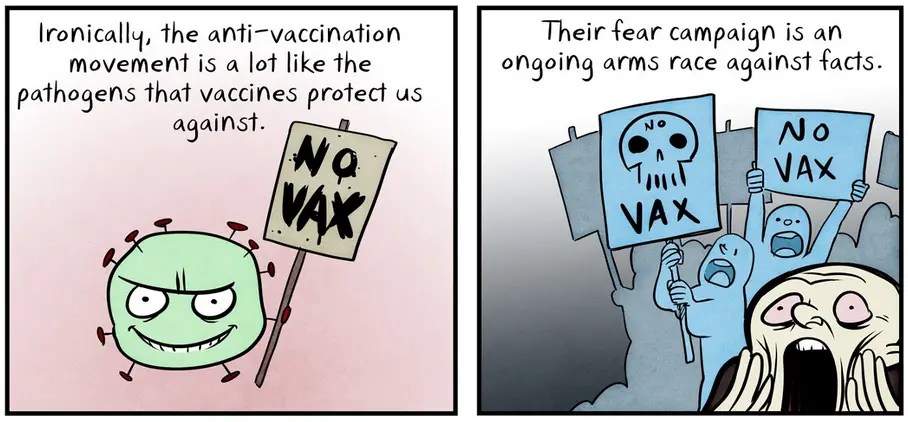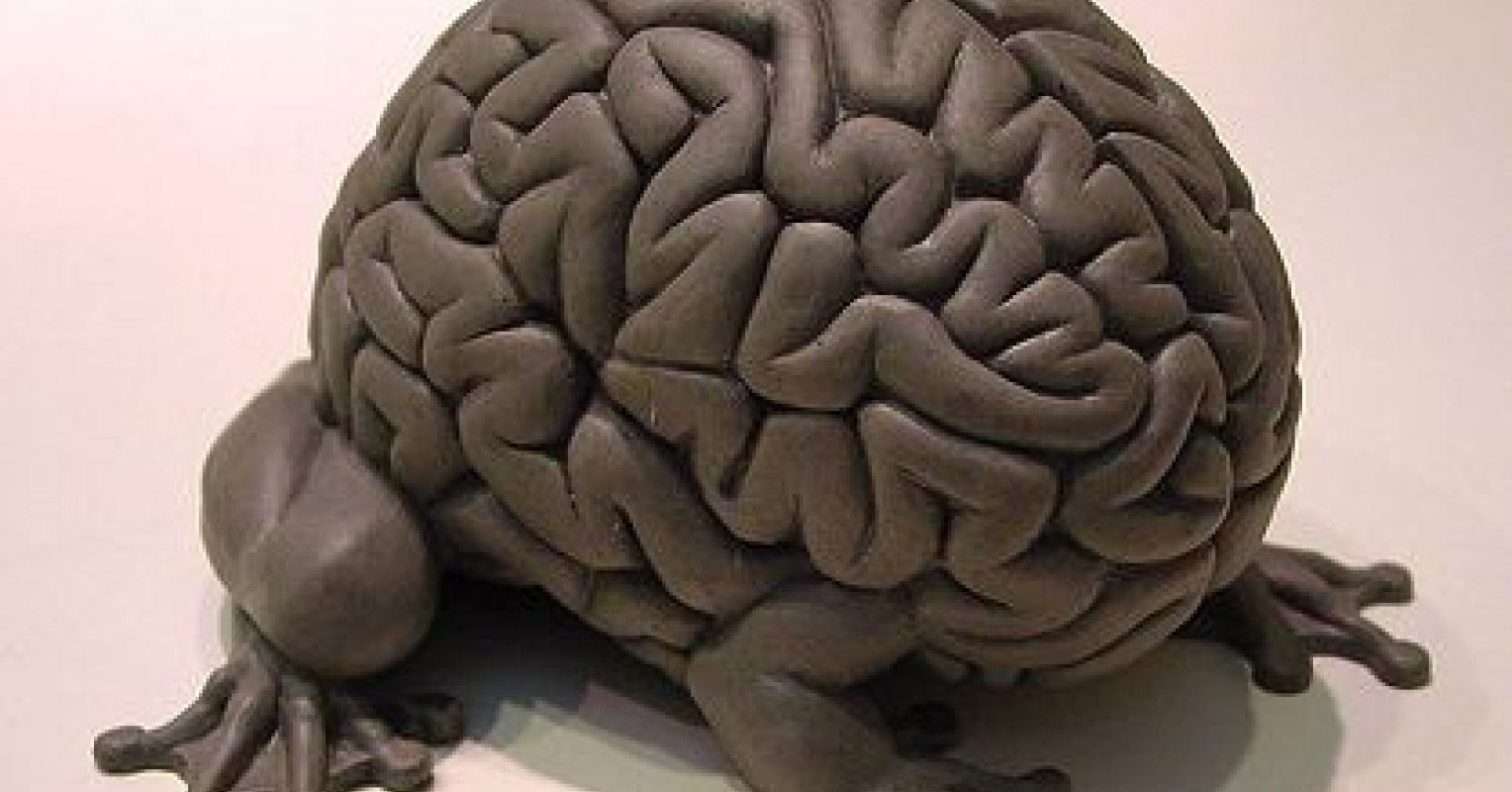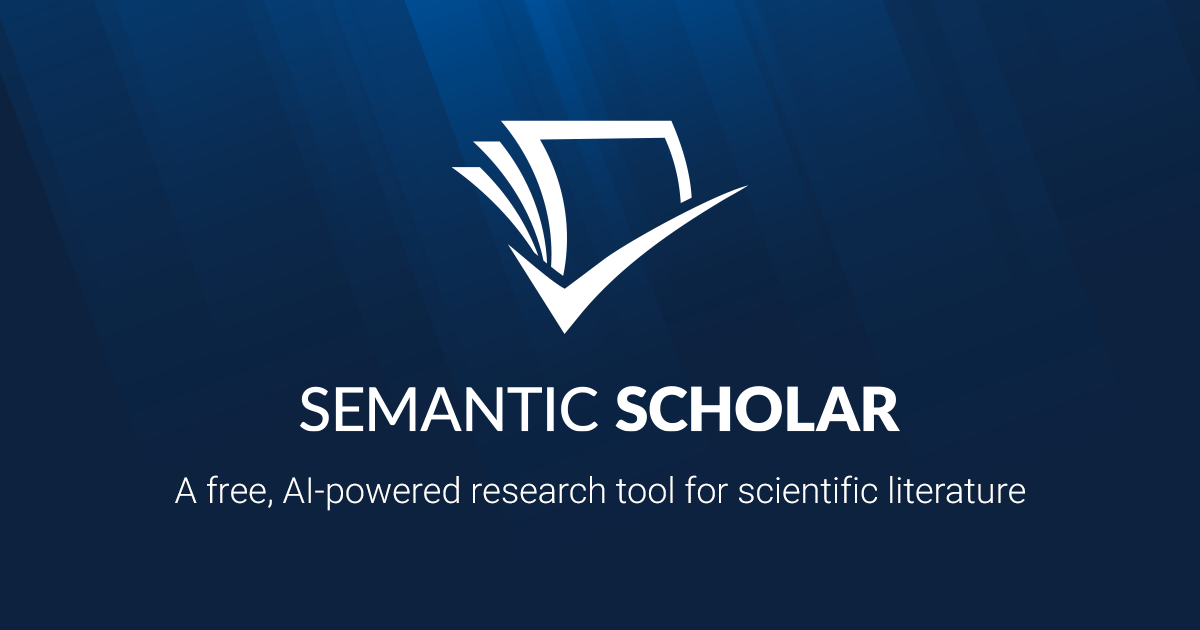When I was very little I believed in the Drug War because of not knowing better. When my parents had a fight when I was like 11, my mother "got one" against my father by informing me that he smoked marijuana, to which I burst into tears and was deeply upset, for I believed that drug use was bad, for how was I to know any better? Upon seeing what she had done, mother immediately backtracked and explained to me that virtually everyone in my family used drugs to one extent or another, at one time or another. My sister and her at the time husband shortly thereafter informed me that they regularly smoked marijuana as well, and that it wasn't anything to be concerned regarding. I went on a camping trip with them once where they smoked weed heavily as well, but they wouldn't let me of course as I was like 12 or so at the time.
When I was 14 I was introduced to drugs by people from high school who knew me from middle school. Actually, it may have been in the summer after 8th grade. I think I was 14, but I may have actually been 13 and almost 14. In any case, they just gave me a little one hitter metal pipe, or more so they called me and told me where they had hidden it in some bushes near my house, and asked me to go fetch it for them, which I did. The first time I actually smoked marijuana was when I hit the resin from that little pipe; however, father actually used to grow marijuana and I did eat a leaf of his marijuana plant. Indeed, that was before mother even told me that father smoked marijuana. Ironically, I actually knew father smoked and grew marijuana prior to mother telling me, and wasn't even upset by it, for my family told me that it was simply tomato plants, even though I knew better. I don't know why I didn't have a strong emotional reaction to the matter until mother explicitly stated that father smoked marijuana, for I actually had awareness that they were not growing tomato plants and knew that we had marijuana growing in our home, but until someone explicitly stated as much I was entirely neutral to the matter, despite the labeling of it triggering a sort of emotional breakdown in me.
In any case, I subsequently came to use a huge variety of drugs, and for drugs to become quite a staple of my life. They still are, but to a much more moderate extent. With the substantial first hand experience I've subsequently had of a plethora of drugs, as well as my substantial research into the matter (I mean, I read about everything that interests me, and drugs were my primary interest for about a decade from 14 to 24, so I spent about a decade reading up regarding drugs and so on, from a host of sources, from erowid.org, to academic literature, to anecdotal trip reports on drugs forums, and so on).
Today I can unambiguously state that I know that the United States Drug War is most properly classified as an establishment of religion and social mania.
Drug use is down over the last 25 years, but a half million Americans are in prison for drug offenses. How should success be measured?

today.law.harvard.edu
“If we’re lucky, our grandchildren will recall the global war on drugs of the late 20th and early 21st centuries as some bizarre mania,” says Nadelmann.

en.wikipedia.org
Social manias are mass movements which periodically sweep through societies. They are characterized by an outpouring of enthusiasm, mass involvement and millenarian goals. Social manias are contagious social epidemics, and as such they should be differentiated from mania in individuals.
Social manias come in different sizes and strengths. Some social manias fail to 'catch fire', while others persist for hundreds of years (although sometimes in severely attenuated form). Common to all is a vision of salvation, a new way of life, which if realized would radically change everyday life, ushering in a new world of freedom and justice.
The Taiping Rebellion is an excellent illustration, as it was both widespread and destructive and has no modern adherents to whom its use as an example would be a distraction. The Ghost dance which was briefly embraced by Native Americans of the Great Plains in 1890 is another excellent example which may be viewed in some historical perspective, as may The Crusades. Almost any form of religion could be argued to be a long-standing social mania, many of which have persisted through thousands of years.
The entire thing is honestly just an enormous fantasy world encoded in a genre of fiction materials. It's reminiscent of something like homeopathy

en.wikipedia.org
Homeopathy or
homœopathy is a system of
alternative medicine created in 1796 by
Samuel Hahnemann, based on his doctrine of
like cures like (
similia similibus curentur), a claim that a substance that causes the symptoms of a disease in healthy people would cure similar symptoms in sick people.
[1] Homeopathy is a
pseudoscience – a belief that is incorrectly presented as scientific.
[2][3][4][5] Homeopathic preparations are not effective for treating any condition; large-scale studies have found homeopathy to be no more effective than a
placebo, indicating that any positive effects that follow treatment are not due to the treatment itself but instead to factors such as normal recovery from illness, or
regression toward the mean.
[6][7][8]
or the anti-vaccination movement.

jhppl.dukejournals.org
The last dozen years have seen a massive transnational mobilization of the legal, political, and research communities in response to the worrisome hypothesis that vaccines could have a link to childhood autism and other developmental conditions. Vaccine critics, some already organized and some composed of newly galvanized parents, developed an alternate world of internally legitimating studies, blogs, conferences, publications, and spokespeople to affirm a connection.
As I have noted above, there is indeed a complex community of researchers, journals, and articles to point to, facts to recite, conferences to attend, and professional groups to connect with that supply a great deal of internal legitimacy
Last week, there was a rally in Washington, D.C. How many people actually attended the rally is uncertain. The organizers themselves claim that 8,500 people attended, while more objective esti
www.sciencebasedmedicine.org
Like Steve Novella, I have no doubt that Jenny McCarthy and Jim Carrey mean well, but I agree that it’s not enough to mean well. There’s a famous saying that the road to hell is paved with good intentions. My usually corollary to this saying is that good intentions coupled with misinformation and self-righteousness are the straightest and surest route to hell that I can think of, and among the best examples of this corollary are parents who have been misled by the pseudoscience of the cottage industry of autism quackery that depends on the belief that vaccines cause autism for its profitability.
Are anti-vaccine parents in the grip of mass hysteria?
Welcome to Salem road sign illustration, with distressed foreboding background
Vaccination is one the greatest public health advances of all time.
It has saved, and continues to save, literally millions of lives each year, yet many well meaning parents have become convinced that vaccines are harmful and there is no amount of scientific evidence that can convince them otherwise.
It is a disgusting, disgraceful, and shameful abomination, as well as an illegal and unconsitutional tragedy of justice that people have had their lives ruined by the psychotic belief of the manic terrorists who cannot distinguish the themed fiction materials of this 20th century establishment of religion from actual reality.
And that is what the Drug War is. It's a 20th century New Religious Movement based on the psychotic belief of manically psychotic neurotypicals in a stereotyped genre of fiction materials that purport to be descriptive of actual reality despite being just intension sans extension.
1. What is this about?
If you are not skilled in colloquial astronomy, and I tell you that the morning star is the evening star, I have given you information—your knowledge has changed. If I tell you the morning star is the morning star, you might feel I was wasting your time. Yet in both cases I have told you the planet Venus was self-identical. There must be more to it than this. Naively, we might say the morning star and the evening star are the same in one way, and not the same in another. The two phrases, “morning star” and “evening star” may designate the same object, but they do not have the same meaning. Meanings, in this sense, are often called intensions, and things designated, extensions. Contexts in which extension is all that matters are, naturally, called extensional, while contexts in which extension is not enough are intensional. Mathematics is typically extensional throughout—we happily write “\(1+4=2+3\)” even though the two terms involved may differ in meaning (more about this later). “It is known that…” is a typical intensional context—“it is known that \(1+4 = 2 + 3\)” may not be correct when the knowledge of small children is involved. Thus mathematical pedagogy differs from mathematics proper. Other examples of intensional contexts are “it is believed that…”, “it is necessary that…”, “it is informative that…”, “it is said that…”, “it is astonishing that…”, and so on. Typically a context that is intensional can be recognized by a failure of the substitutivity of equality when naively applied. Thus, the morning star equals the evening star; you know the morning star equals the morning star; then on substituting equals for equals, you know the morning star equals the evening star. Note that this knowledge arises from purely logical reasoning, and does not involve any investigation of the sky, which should arouse some suspicion. Substitution of co-referring terms in a knowledge context is the problematic move—such a context is intensional, after all. Admittedly this is somewhat circular. We should not make use of equality of extensions in an intensional context, and an intensional context is one in which such substitutivity does not work.

essentialsoflinguistics.pressbooks.com
One way to define the meaning of a word is to point to examples in the world of things the word refers to; these examples are the word’s denotation, or extension. Another component of a word’s meaning is the list of attributes in our mind that describe the things the word can refer to; this list is the intension of a word.

en.wikipedia.org
In logic and mathematics, an intensional definition gives the meaning of a term by specifying necessary and sufficient conditions for when the term should be used. In the case of nouns, this is equivalent to specifying the properties that an object needs to have in order to be counted as a referent of the term.
For example, an intensional definition of the word "bachelor" is "unmarried man". This definition is valid because being an unmarried man is both a necessary condition and a sufficient condition for being a bachelor: it is necessary because one cannot be a bachelor without being an unmarried man, and it is sufficient because any unmarried man is a bachelor.[1]
This is the opposite approach to the extensional definition, which defines by listing everything that falls under that definition – an extensional definition of bachelor would be a listing of all the unmarried men in the world.[1]
The Drug War is a somewhat consistent system of intension, which means essentially words or other things that denote other things, yet without any actual extension to actual existence. It's a genre of somewhat self consistent themed materials that together form a system that can be thought in, but that doesn't actually extend to anything in existence.
Rumor: Excessive LSD use left a young man in a psychiatric hospital, believing himself to be a glass of orange juice.

www.snopes.com
Claim: Excessive LSD use left a young man in a psychiatric hospital, believing himself to be a glass of orange juice.
LEGEND
Origins: The “orange juice man” was one of the 1960s’ most ubiquitous pieces of LSD scarelore. As improbable and wacky as it may seem today, this tale was taken quite seriously by the anti-drug forces in the mid-1960s, when the long-term effects of LSD use were unknown. As Jay Stevens wrote a couple of decades later:
Halting the spread of LSD had become part of the national agenda; thus it was necessary for the press to sensationalize the subject … the LSD psychotic … seized the public imagination and didn’t let go for the rest of the decade. Scarcely a week went by that this curious creature wasn’t in the news columns, either raping or murdering or committing suicide in stories that were usually anonymous, uncheckable, and bizarre.
College students tripping on LSD stared at the sun until they went blind?

www.snopes.com
Claim: Several students tripping on LSD stared at the sun until blinded.
Status: False.
Origins: This Sun legend, one the 1960s' most ubiquitous pieces of drug scarelore
(along with "teenager on acid trip thinks he can fly and jumps out window") was
nothing but pure hoax. Nonetheless, the national print media fell for it twice.
This twisted tale was born on Thursday, 18 May 1967, when California newspapers
began reporting a horrific tale concerning some Santa Barbara college students
who damaged their eyes by staring at the sun while they were under the influence
of LSD. Here's how the story was written up by the Los Angeles Times
Just two of the endless examples. Nearly the entirety of the Drug War is based on a collection of recitations quite similar to this, that are stories, or descriptors of substances,
A brief description of the erroneous science bubble that occurred around the issue of LSD causing chromosome damage between 1967 and 1971
erowid.org
The Albert Hofmann collection contains nearly seventy articles on the topic of whether or not LSD-25 causes "chromosome damage". These articles are a good example of the scientific and cultural moral panic that took place in the late 1960s and early 1970s.
In 1967, Science published an article, based on the examination of a single patient, which proposed that LSD caused chromosome breakage.1 As Peter Stafford notes in Psychedelics Encyclopedia, "By evening, the charge that LSD could break chromosomes was in all the nation's media."
Between 1967 and 1972, article after article was published, in respected peer-reviewed journals, describing the link between LSD and chromosomal damage, both in vitro and in users and their offspring. As these reports accumulated, popular media amplified the scare, leading to sensational articles decrying the mutations that would be unleashed on future generations.
"New research finds [LSD] is causing genetic damage that poses a threat of havoc now and appalling abnormalities for generations yet unborn."2
Yet, by the mid-1970s, the tide had turned and the scientific literature generally supported the revised opinion that LSD does not cause chromosomal breakage or birth defects.
How was it possible for this issue to progress as far as it did? In an atmosphere friendly to reports of negative consequences of LSD use, a litany of elementary scientific and research errors were ignored by the journals that published the findings. It wasn't until enough research could be conducted to counteract the initial momentum that saner opinions, and better science, prevailed.
In the collection is a copy of one of the key articles that helped end the hysteria that was taking place in peer reviewed journals and the media. The authors conclude that:
"From our own work and from a review of the literature, we believe that pure LSD ingested in moderate doses does not damage chromosomes in vivo, does not cause detectable genetic damage, and is not a teratogen or a carcinogen in man. Within these bounds, therefore, we suggest that, other than during pregnancy, there is no present contraindication to the continued controlled experimental use of pure LSD."3
The progression of this issue and its related articles is a perfect example of how dozens of journal references supporting one position may still be wrong. In many cases, only time and the evolution of knowledge can sort it out.
It would be interesting to read a retrospective on this part of psychedelic research history.
that consist of intension that has no extension to existence. The Drug War is essentially a genre of fiction material, and in this manner it is no different from any of the other establishments of religion,

en.wikipedia.org
Erasmo Leiva-Merikakis notes that "we must conclude, then, that the genre of the Gospel is not that of pure 'history'; but neither is it that of myth, fairy tale, or legend. In fact, 'gospel' constitutes a genre all its own, a surprising novelty in the literature of the ancient world."[5]
That is what the Drug War ultimately is. It is a genre of themed materials. It's a collection of intension. A system that can be thought in. It is a system of materials that can be thought in despite having no extension to reality. It is a false signal. Just as the Batesian mimic signals intension that denotes extension despite having no extension,

en.wikipedia.org
The Drug War is signaled intension that implies an extension that it doesn't have. It relies on people relying on the intension itself without ever bothering trying to dereference it to what it purports to be. It relies on the intension being reified and used as if it were what it purported to denote.

en.wikipedia.org
Reification (also known as concretism, hypostatization, or the fallacy of misplaced concreteness) is a fallacy of ambiguity, when an abstraction (abstract belief or hypothetical construct) is treated as if it were a concrete real event or physical entity.[1][2] In other words, it is the error of treating something that is not concrete, such as an idea, as a concrete thing. A common case of reification is the confusion of a model with reality: "the map is not the territory".
It exploits an evolved ability to use language by substituting for reality language that purports to be reality. Which is why the more psychotic people are the more likely they are to believe in it. Because the human brain has evolved over the past several thousands of years to be able to make use of intension rather than needing to directly manipulate the extension denoted by it,
Early modern humans developed mental capabilities that were immeasurably greater than those of non-human primates. We see this in the rapid innovation in too...

www.frontiersin.org
The symbolic thinking that developed in humans led to rapid technological innovation, sophisticated visual arts, and language. This newly formed cognitive capacity may have had another, unexpected result. After continuously growing in size over the span of the Pleistocene, our brain has contracted in size by 13% in the past 20,000 years or so (Hawks, 2011 and references therein). One possible explanation is that the symbolic thinking that developed in modern humans led to a fundamentally different way to compute data, one that extracts only the essence required for abstract representation instead of computing the entire set of incoming raw data (Tattersall, 2017). Our brain membrane is metabolically expensive, so the newly formed algorithm that requires less data led to shedding of the unneeded membrane, resulting in brain diminution in recent evolutionary time. Our proposal is that the symbolic thinking pervasive in humans that led to brain diminution is exemplified, and was even enhanced, by the CMIT that we see in the cave and rock art of Africa and elsewhere in the world and by the development of language. Thus, contrary to Wallace, the development of the arts gave the modern humans a powerful evolutionary advantage.
Language and psychosis have a common origin in the genetic event (the 'big bang') that defined the species.

www.ncbi.nlm.nih.gov
Language and psychosis have a common origin in the genetic event (the 'big bang') that defined the species.
There's been a lot of news recently about efforts to detect signs of autism in children earlier — even before age 2, which is when doctors typically make the first diagnosis based on toddlers' behavior and development. (Read about these efforts here and here.
healthland.time.com
Heather Hazlett, in the department of psychiatry at the Carolina Institute for Developmental Disabilities, and her colleagues studied MRI images of 38 children diagnosed with autism spectrum disorders (ASD) at 2 years old and compared them with the scans from 21 unaffected youngsters of the same age. All the children were scanned again at age 4 or 5, and at all stages, the children with ASD had on average 6% more total brain volume and 9% more volume in the cerebral cortex, the region of the brain that contains the “newest” sprouting of neurons and is responsible for everything from receiving signals and input from the environment to processing memory and attention.
dx.doi.org/10.1073/pnas.0906080106
Evidence from the effects of risk variants on growth-signaling pathways shows that autism-spectrum conditions tend to be associated with up-regulation of pathways due to loss of function mutations in negative regulators, whereas schizophrenia is associated with reduced pathway activation. Finally, data from studies of head and brain size phenotypes indicate that autism is commonly associated with developmentally-enhanced brain growth, whereas schizophrenia is characterized, on average, by reduced brain growth. These convergent lines of evidence appear most compatible with the hypothesis that autism and schizophrenia represent diametric conditions with regard to their genomic underpinnings, neurodevelopmental bases, and phenotypic manifestations as reflecting under-development versus dysregulated over-development of the human social brain.
Psychosis is a serious mental disorder characterized by thinking and emotions that indicate the person experiencing them has lost contact with reality. People who are experiencing psychosis may have either hallucinations or delusions. We’ll explain the symptoms and causes, as well as risk factors.

www.healthline.com
What is psychosis?
Psychosis is characterized by an impaired relationship with reality. And it is a symptom of serious mental disorders. People who are psychotic may have either hallucinations or delusions.
From slow travel to eco-tourism, we provide tips and inspiration for the environmentally-conscious traveler.

www.mnn.com
Recent studies by researchers at Cardiff University and University of Cambridge suggest we are all hallucinating all of the time to comprehend the world that surrounds us. This research opens new doors of perception as related to the ways we view hallucinations and their prevalence.
Sifting through the noise
One way to look at hallucinations is seeing them as a part of predictive brain processes. We constantly need to make sense of our surrounding world. In trying to grasp a spatial and visual sense of our surroundings that might appear slightly vague when we're barraged by a wide array of sensory input, we have to use our brains to predict and understand the overall structure of the environment with the use of prior knowledge. The prior knowledge we have about an environment plays a huge role in the way we visually process our world.
"Vision is a constructive process — in other words, our brain makes up the world that we 'see'," and "fills in the blanks, ignoring the things that don't quite fit, and presents to us an image of the world that has been edited and made to fit with what we expect," explains lead researcher Christoph Teufel of Cardiff University.
Our predictive brains are beneficial to us because "it makes us efficient and adept at creating a coherent picture of an ambiguous and complex world,” and that it “means that we are not very far away from perceiving things that aren’t actually there, which is the definition of a hallucination,” says Paul Fletcher, senior author of the research done at Cambridge.
How much do we see? In fact, we see very little, just a few things our attention happens to focus on. Every time we look at something we just pick up a few features and 'recognize' the whole picture from our past experiences and memories. For example, when we enter a familiar room, we do not have to examine every item there to recognize it. We just know what is there and where everything is located. A quick glance is enough. So do we actually see the environment or do we just know 'what is there'? In fact, our perceptual reconstruction (or 'what we think we see') comes from two opposite directions - from outside (environmental stimuli) and inside (mental images we have stored in the brain). The more familiar the environment or situation, the less we actually perceive it. The brain does not need to process all the stimuli; it just 'fills in the gaps' and 'predicts' the final picture.
There is much evidence that one of the problems many autistic people experience is their inability to distinguish between foreground and background stimuli. They often are unable to discriminate between relevant and irrelevant stimuli. What is background to others may be equally foreground to them. They perceive everything without filtration or selection. As Donna Williams describes it, they seem to have no sieve in their brain to select the information that is worth being attended. This results in a paradoxical phenomenon: sensory information is received in infinite detail and holistically at the same time. It can be described as 'gestalt perception', i.e. perception of the whole scene as a single entity with all the details perceived (not processed!) simultaneously. They may be aware of the information others miss, but the processing of 'holistic situations' can be overwhelming. As there is too much information coming in, it is hard to know which stimuli to attend. It is often difficult for the autistic person to 'break' the whole picture into meaningful entities, to 'draw the boundaries' around plenty of tiny sensory pieces to make them meaningful items.
In contrast to our guessing 'what is there' from our experience and memory instead of actually seeing it, autistic children seem to be unable to filter the incoming information and tend to perceive all the stimuli around them. Instead of 'inventing' the world as we do, they actually perceive it. Such 'acute-perception' brings overwhelming information the brain cannot cope with.
Despite limited and ambiguous empirical data, substance use-related problems have been assumed to be rare among patients with autism spectrum disorders (ASD). Using Swedish population-based registers we identified 26,986 individuals diagnosed with ASD during 1973–2009, and their 96,557 non-ASD...

link.springer.com
Increased Risk for Substance Use-Related Problems in Autism Spectrum Disorders: A Population-Based Cohort Study
...
In summary, this large population-based study suggests that individuals with ASD have higher risk of substance use-related problems than population controls; most likely because of a shared familial liability for these conditions. An important implication of our findings concerns diagnostics and treatment strategies in ASD. Increased risk of substance-related problems in ASD suggests attention and preventive measures regarding substance use disorder in this population.
Jumping to conclusions measures hyper-mentalism as theory predicts.

www.psychologytoday.com
The authors conclude that what they found “is the opposite pattern to autism and therefore consistent with the autism-psychosis model which proposes that these clinical disorders reside at diametrically opposing poles of a single continuum.”
The Drug War is a system of intension that can be manipulated by a grammar of sorts --- that can be thought in --- that can be held in one's mind and reasoned in the confines of. What it can't do is actually dereference to anything in existence, because it consists --- essentially --- of nothing but intension.
The Drug War exploits the evolved nature of the human brain to be able to reason in intension separately from its extension, by putting forth intension that doesn't actually have any extension and relying on people never actually trying to dereference it --- and rather simply reifying it. Because it is a system that can be reasoned in the confines of. And it does have a sort of rule system, or a grammar to it. And it is --- at least somewhat --- consistent, as far as a genre of fiction materials goes. The catch is that it doesn't dereference to anything in existence. It doesn't actually have extension.


































